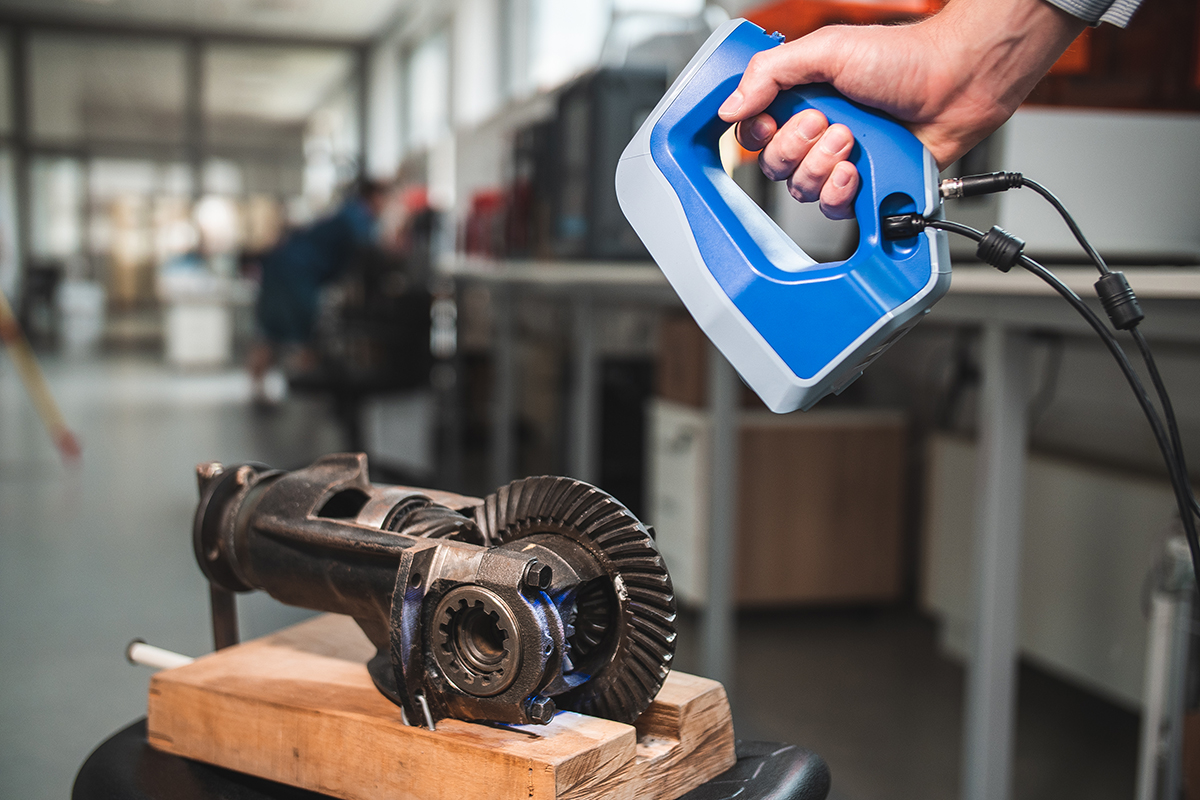« Services
3D Scanning
The UP-3D Centre's 3D portfolio includes a wide range of scanning services in terms of size and application. Our machine park features light and compact entry-level hobby scanners to industrial-grade scanners, so we can meet all market needs.









